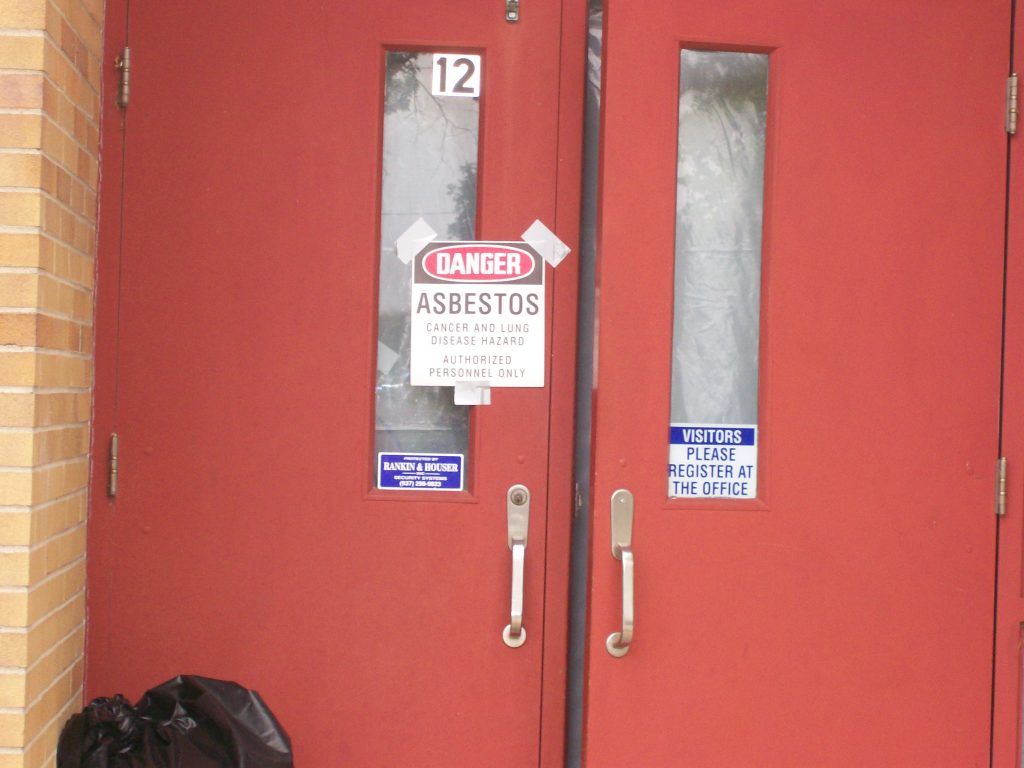 Although most people have heard of both state and federal courts, many do not know when a party in a lawsuit can move a case to a different court. This happened to Howard Zeringue, who first filed a lawsuit in Louisiana state court, but soon found himself in the United States District Court for the Eastern District of Louisiana after the company he sued removed the case to federal court. This case helps answer the question; My lawsuit was removed to Federal Court. What does that Mean?
Although most people have heard of both state and federal courts, many do not know when a party in a lawsuit can move a case to a different court. This happened to Howard Zeringue, who first filed a lawsuit in Louisiana state court, but soon found himself in the United States District Court for the Eastern District of Louisiana after the company he sued removed the case to federal court. This case helps answer the question; My lawsuit was removed to Federal Court. What does that Mean?
Zeringue sued Crane Company (“Crane”) and twenty others for the injuries they allegedly suffered from asbestos exposure. Zeringue claimed he was exposed to asbestos while working for the United States Navy and at two other jobs. Additionally, Zeringue claimed Crane designed and supplied products with asbestos to the sites where he worked and was exposed to asbestos.
Although Zeringue initially filed the case in state court, Crane removed the case to federal court under the federal officer removal statute. See 28 U.S.C. § 1442(a)(1). Crane argued any product Crane allegedly manufactured and provided to the Navy would be subject to the Navy’s discretion on whether to use asbestos and whether to include a warning on the product. Zeringue filed a motion to remand the case back to state court. The district court ruled in his favor, holding Crane had not shown the government had exercised its discretion concerning the design and warning problems at issue. Crane appealed the district court’s ruling that sent the case back to state court.
An appellate court reviews the district court’s decision on whether to remand a case de novo. See Savoie v. Huntington Ingalls, Inc., 817 F.3d 457, 462 (5th Cir. 2016). While generally, an appellate court errs on the side of favoring removal to federal court, that does not apply to the federal-officer removal statute given its breadth. Under the federal-officer removal statute, a person (including a company) can remove a lawsuit to federal court if the defendant (here, Crane) has a “colorable federal defense,” acted under the directions of a federal officer, and there is a causal connection between the actions and the claims in the lawsuit.
Crane argued it should be covered by government-contractor immunity. That defense makes it so the government can be liable when it contracts for equipment, not just when it produces the equipment itself. The appellate court found Crane’s affidavits and military specifications were sufficient to show the defense was non-frivolous.
The appellate court also found Crane was “acting under” a United States officer or agency when the at-issue acts occurred because Crane provided parts to assist with the Navy’s construction of vessels following the Navy’s specifications. There was also a causal connection between Crane’s conduct in providing the products that contained asbestos and its authority from the Navy. Accordingly, the appellate court found Crane had satisfied all elements of the statute, so Crane had a right to remove the case to federal court.
This case helps answer the question; my lawsuit was removed to Federal Court. What does that mean? If your lawsuit is removed to Federal Court, the rest of the case will be held in Federal Court. This means a federal judge or jury in Federal Court will hear all your facts and make all the decisions related to your court. You will also be subject to Federal Court procedural rules. Although navigating between the state and federal courts can be complicated, a good lawyer can help advise you on where to file a lawsuit and what to do if the other side moves the lawsuit to a different court.
Additional Sources: Zeringue v. Crane Co.
Written by Berniard Law Firm
Additional Berniard Law Firm Article on Removal and Remand: No Connection Between Federal Actions and Plaintiff’s Claims Keeps Lawsuit in State Court in Louisiana Asbestos Mesothelioma Case
 Louisiana Personal Injury Lawyer Blog
Louisiana Personal Injury Lawyer Blog

